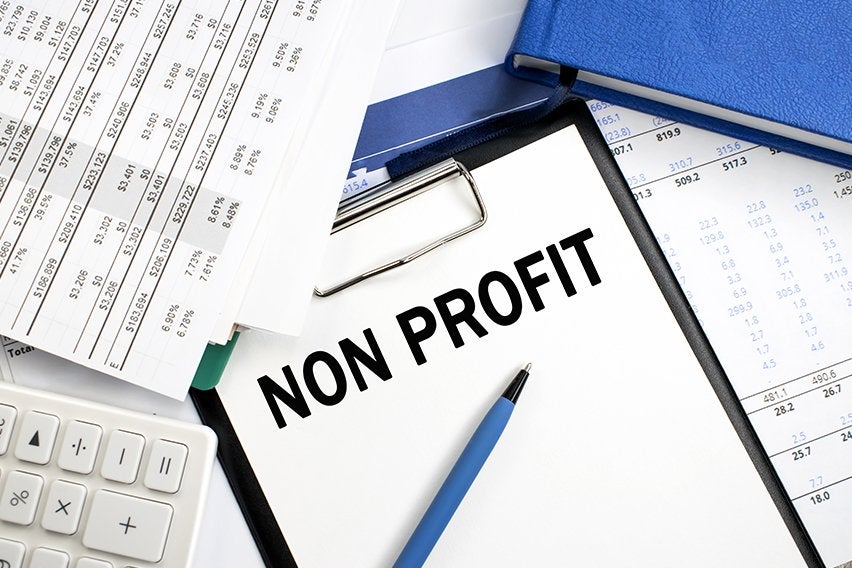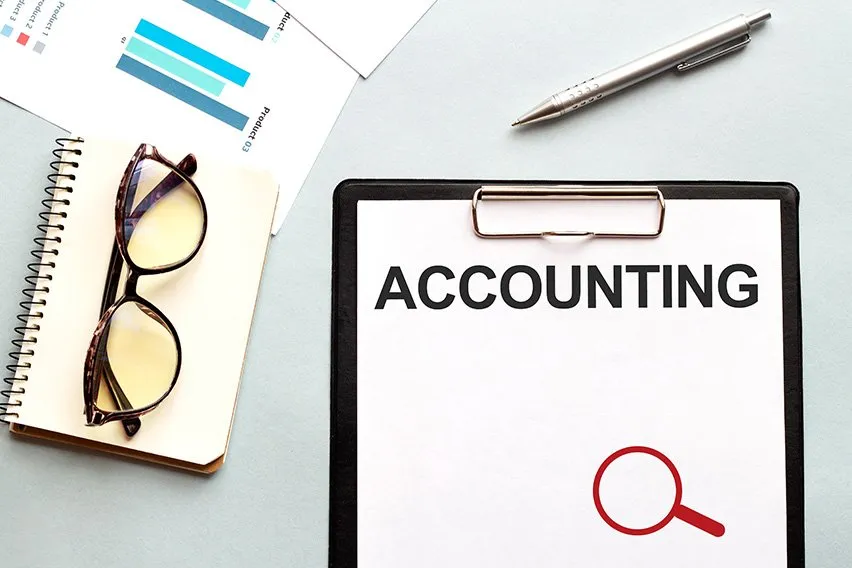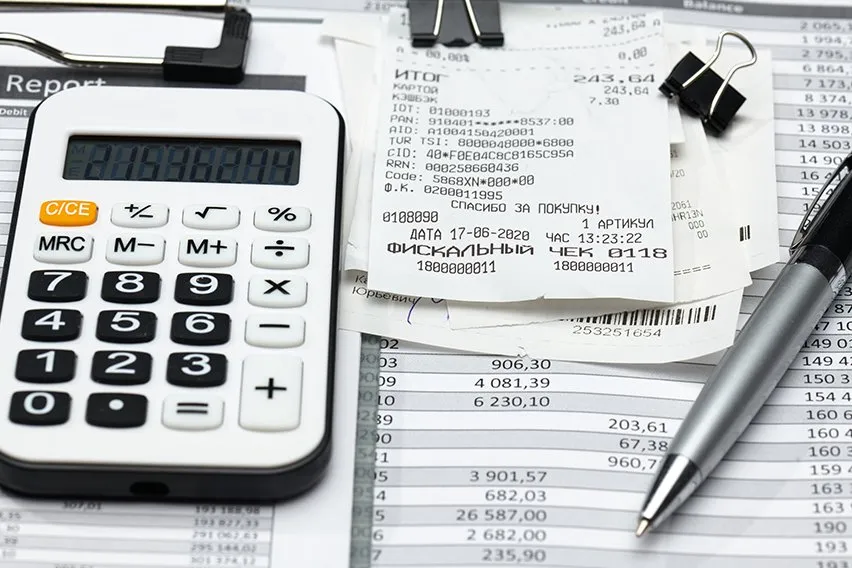Accounting and Bookkeeping for Your Cleaning Business (Easy 10 Steps)

Owning a cleaning business opens the door to amazing opportunities—from connecting with homeowners or business owners in your community to creating your own source of income. But running a small business also comes with often tedious responsibilities, such as invoicing, bookkeeping, and accounting.
The good news is you don’t have to be an accountant in order to manage your cleaning business finances like a pro. With the help of this guide and the countless accounting tools available, you’ll have everything you need to take control of your small business accounting so you can focus on providing valuable cleaning services for your customers.
Here’s What We’ll Cover:
Introduction to Cleaning Business Accounting
1. Register Your Cleaning Service with the State
2. Set up a Business Bank Account
6. Invest in Online Accounting Software
7. Calculate Cost of Goods Sold
8. Reconcile Your Transactions
9. Pay Estimated Quarterly Taxes
10. Hire an Accountant (Optional)
Manage Your Cleaning Business Accounting Like a Pro
Introduction to Cleaning Business Accounting
Accounting is the process of recording financial transactions pertaining to a business. Ths includes summarizing, analyzing and reporting on business income and business expenses to oversight agencies, regulators, tax collection agencies, and business partners or investors.
For cleaning business owners, this means monitoring your transactions and ensuring you’re meeting all your tax obligations.
Whether you’re a new small business owner or have been in business for years, you need to be conscious of managing your business financials and cash flow.
This will help you make informed financial decisions, manage your expenses, and avoid costly mistakes come tax time.

1. Register Your Cleaning Service with the State
The first step all cleaning business owners need to do before starting business is to get the business set up. This starts by deciding on a business structure. Many small business owners start out as sole proprietors. This means the business isn’t a separate legal entity and doesn’t file separate business tax returns.
A sole proprietorship is the easiest business structure, but it also means you can be held personally liability for any debts or obligations of the business.
If you want to separate your business finances from your personal finances, consider setting up a limited liability company (LLC). As a single-member LLC, you still don’t have to file a separate tax return for your business. However, your business assets are separate from your personal accounts.
Read more: How to Decide What U.S. Business Structure Is Right for You
Whatever business structure you choose for your small business, you need to apply for an employer identification number (EIN). This is an eight-digit number that acts as a tax identification number for small businesses.
You can apply for an EIN online for free, and it takes just a few minutes. Most banks require an EIN to set up checking accounts for small businesses.
2. Set up a Business Bank Account
The first step in organizing your business financials is to separate your personal accounts from your business accounts. You should open at least one separate business bank account for your cleaning business.
Make sure all of your cleaning business income gets deposited into your business checking account and that all business expenses run through the business account instead of your personal account. You can also pay your business taxes out of the business bank account.
Don’t charge any personal expenses to your business account. Instead, pay yourself a draw and use that money to cover personal expenses. This will make your bookkeeping much cleaner and make it easier to estimate your taxes.
You can open business bank accounts at your local bank or credit union, or an online bank. Simply go to your preferred bank or credit union to discuss your options for a new business checking account. In order to set up a business bank account for your cleaning business, you will need:
- Social security number or employer identification number (EIN)
- Form of personal identification, such as driver’s license or passport
- Business license with the name of your cleaning business
- Organizing documents filed with the state
- Monthly credit card revenue (for merchant accounts)
3. Create a Cleaning Log
Next, you will want to create a cleaning log in order to keep track of your clients and the revenue coming in. This log will also help you see how long it takes to clean a home or office so you can monitor the financial health of your business, such as determining whether you need to raise your prices for services, speed up your cleaning time, or both.
Your cleaning log should include:
- Date
- Clients’ names
- Start time and end time
- Total cleaning fee for the cleaning service
- Labor costs and expenses
4. Save Your Receipts
Cleaning businesses typically have low overhead costs, but it’s still important to keep track of your expenses so you are not only aware of how much money is coming in, but how much money is going out.
These expenses can sneak up on you—using an expense tracker or bookkeeping software and saving your receipts can help you avoid slipping into “the red,” i.e., losing money.
Take note of how much you spend on:
- Cleaning supplies
- Cleaning tools
- Payroll
- Office supplies
- Marketing and advertising
- Professional services
- Equipment
- Transportation
5. Track Business Miles
Small cleaning business owners spend a lot of time traveling between clients’ houses or offices, and you can claim a tax deduction for those miles.
There are two ways to deduct vehicle expenses: you can use the standard mileage method or the actual expenses method.
Whichever method you use, you need to track how many miles you drive for your cleaning business versus how many miles you drive for personal purposes. You can do this with a mileage log kept in your glove compartment or using technology.
Many popular accounting software programs, including FreshBooks, feature built-in mileage tracking in the mobile app. All you need to do is note your beginning and ending mileage for the year, then classify each trip in the app as either business or personal.
6. Invest in Online Accounting Software
While manual bookkeeping methods like a spreadsheet program or PDF invoice templates exist to help you keep your business finances organized, they can only take you so far. As your small cleaning business grows, you’ll need a more powerful solution to help you manage many cleaning jobs at once.
That’s where automated accounting software comes in. With an online solution, you can invoice clients for services in a matter of minutes, get paid faster, and manage all your startup business accounting in one place. Additionally, you can generate reports to better understand what to set aside for tax season.
7. Calculate Cost of Goods Sold
Cost of Goods Sold (COGS) refers to the cost of goods that are either manufactured or purchased and then sold. Your business sales revenue minus the cost of goods sold equals your business’s gross profit.
COGS is considered an expense in accounting and it can be found on your company’s income statement.
Calculating COGS is important because it helps you determine the cost of cleaning a home. By following our guide on how much to charge for house cleaning, you can use this information to set your prices, make informed hiring decisions, decide whether you should offer other services, and determine your profits.
The formula for calculating COGS is:
Starting inventory + purchases – ending inventory = cost of goods sold.
If you determine that your COGS is too high, you have a few choices:
- Increase your prices
- Buy fewer supplies
- Decrease payroll
Typical cost of goods sold for cleaning companies include cleaning products, cleaning supplies and tools, and direct labor for hiring help in the business.
8. Reconcile Your Transactions
Every month your bank will send you a statement that includes your deposits and withdrawals (income and expenses, respectively) that went through your business account. With this information, you will want to reconcile all of the transactions on this statement with the transactions recorded in your accounting software. Business owners need to keep a record of all transactions so managing their small business bookkeeping (not to mention tax time) is hassle-free.
Reconciling your transactions involves:
- Comparing your bank records to your receipts
- Looking for any discrepancies
- Calculating total revenue and expenses
- Comparing any transactions to what you have in your expense of revenue sheets
- Contacting your bank and/or accountant to discuss any errors
If you use accounting software, it’s easy to connect the accounting software to your business bank accounts. Any transactions that run through your bank account will be automatically recorded in your books, which makes reconciling the bank account quick and easy.
9. Pay Estimated Quarterly Taxes
As a cleaning business owner, you pay taxes throughout the year rather than paying a bill tax bill when you file your tax return. Paying quarterly taxes will not only give you peace of mind knowing your tax liability is covered, but will help you avoid any costly surprises at the end of the year that might interrupt your cash flow.
Owning a successful cleaning service requires that you stay on top of your bookkeeping and keep track of all your income tax information.
Remember, you not only need to pay income taxes. As the owner of a business in the cleaning industry, you’re self-employed, so you need to pay self-employment taxes as well.
To pay estimated quarterly taxes, you have a few options, including:
- Signing up for the Electronic Federal Tax Payment System (EFTPS) online
- Paying online via the IRS website
- Paying using debit or credit card
- Sending a check or money order by mail to the IRS
10. Hire an Accountant (Optional)
It’s entirely possible to manage your cleaning business accounting on your own with the help of accounting software for home cleaning businesses, but it’s easier when you have a professional accountant on your side. An accountant will help you make sense of the numbers, reconcile your accounts, prepare financial reports, estimate your quarterly tax payments, and more.
Hiring an accountant doesn’t have to be expensive either. According to Thumbtack, basic bookkeeping services can cost anywhere from $250 to $300 per month, on average. Howeverm costs vary depending on whether you add tax preparation out outsourced CFO services, which can drive that cost up further.

Manage Your Cleaning Business Accounting Like a Pro
Your cleaning business provides a valuable service to businesses and homeowners in your area. You deserve to get paid for all your hard work and have money left over to reinvest back into your business.
When you manage your business accounting like a pro, you are empowered to make better financial decisions and avoid costly mistakes down the road.
Use this guide to create your business bank account, set up your accounting system, reconcile your transactions, prepare financial statements, pay taxes, and more. Now you have the basic steps you need to take bookkeeping for your cleaning business into your own hands. If you want to learn more about bookkeeping and the correct methods, follow our guide on how long it takes to become a bookkeeper.
Reviewed by
Janet Berry-Johnson, CPA, is a freelance writer with over a decade of experience working on both the tax and audit sides of an accounting firm. She’s passionate about helping people make sense of complicated tax and accounting topics. Her work has appeared in Business Insider, Forbes, and The New York Times, and on LendingTree, Credit Karma, and Discover, among others. You can learn more about her work at jberryjohnson.com.
RELATED ARTICLES


 Construction Accounting: Ultimate Guide for Contractors
Construction Accounting: Ultimate Guide for Contractors Nonprofit Accounting: A Complete Guide with Best Practices
Nonprofit Accounting: A Complete Guide with Best Practices Why is Accounting Important?
Why is Accounting Important? How Much Do Small Businesses Pay in Taxes: A Guide to Tax Rates
How Much Do Small Businesses Pay in Taxes: A Guide to Tax Rates What is the Retail Method?
What is the Retail Method? What is Interest Expense?
What is Interest Expense?